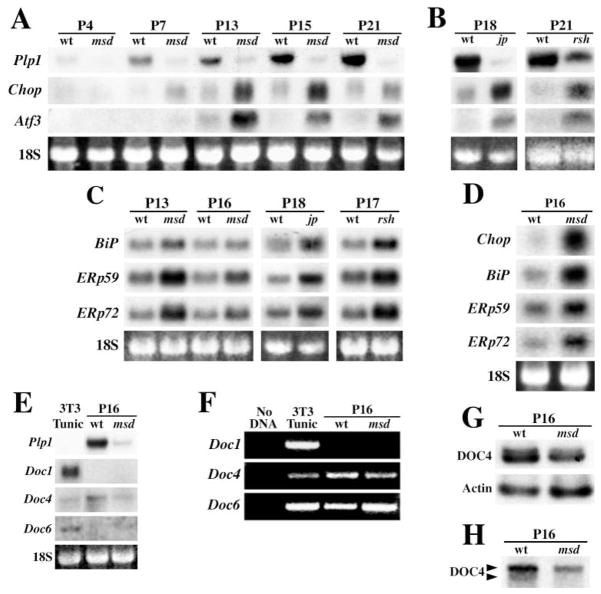Figure 2. Temporal Induction of Chop and Atf3 in Spinal Cord from Mutant Mice Correlates with Plp1 Expression.
(A) Northern blots from wild-type (wt) and msd mice between P4–P21 express Plp1, Chop, and Atf3. Ethidium bromide-stained 18S rRNA serves as loading controls.
(B) Northern blots from wild-type (wt), jp, and rsh mice at P18 and P21 show that Chop and Atf3 are elevated in the mutants.
(C) Northern blots from msd, jp, and rsh mice show induction of molecular chaperones.
(D) Northern blots from optic nerve of msd mice show induction of UPR effector genes
(E) Northern blots from tunicamycin-treated 3T3 cells (2 μg/mL, 4 hr), wild-type, and msd mice show that Doc genes are not induced by mutant Plp1 expression.
(F) Doc1 expression cannot be detected by nonquantitative RT-PCR from wild-type or msd mice after 35 cycles. Expression of Docs4 and 6 is detected.
(G) Ribonuclease protection assays show that Doc4 expression is decreased in msd mice to 57% of controls.
(H) Northern blots show that Doc4 transcripts are processed differently in wild-type and msd mice.

